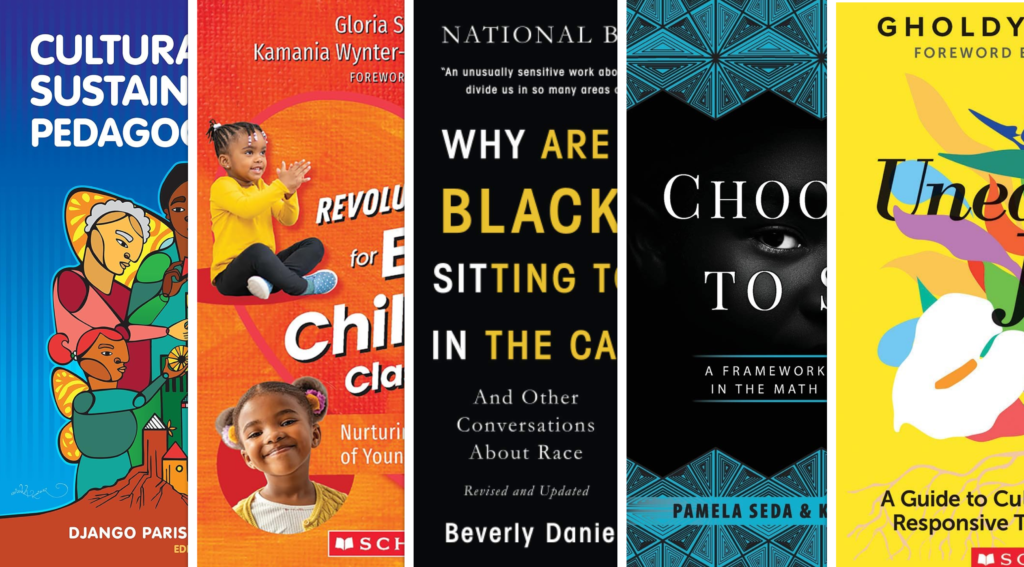
Now that the school year is underway, teachers across the world are trying to figure out the best ways to help their students succeed. Understanding and appreciating their students’ unique backgrounds, experiences, and perspectives will not only foster a more inclusive learning environment, but it will also enhance student engagement, success, and happiness. As such, cultural competence has become an essential skill for educators in today’s increasingly diverse classrooms.
To help teachers explore these complexities, we’ve compiled a list of 11 insightful books that offer practical strategies and deep reflections on cultural competence in education. Whether you’re looking to build stronger connections with your students or seeking tools to address systemic inequities, these books will provide valuable guidance to create a classroom where all students feel seen, respected, and supported.
Interested in books for children, young adults, parents, or educators with Black protagonists and Black authors? Check out the Books for Black Kids book directory! It’s a work in progress with over 2,000 listings and counting.
Revolutionary Love for Early Childhood Classrooms: Nurturing the Brilliance of Young Black Children
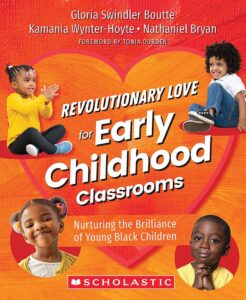
Gloria Swindler Boutte, Kamania Wynter-Hoyte, and Nathaniel Bryan have created a practical guide to nurture young Black minds and counteract systemic racism in the classroom. Their “Believe-Know-Do” framework explains both how to implement culturally competent strategies and why their implementation will lead to success and happiness for their students.
Read more about the book here.
The Antiracist School Leader: What to Know, Say, and Do

The Antiracist School Leader combines guidance and first-hand experience to help education leaders strengthen their skills and lead their staff toward more equitable outcomes for students and their families. This is an essential guide for all school leaders aiming to spark change and lead culturally competent institutions.
Click here for more information.
Teaching Practices from America’s Best Urban Schools
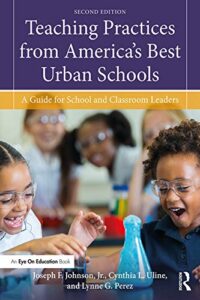
Teaching Practices from America’s Best Urban Schools is a comprehensive resource tool for all culturally competent educators in diverse classrooms, both urban and non-urban alike. This guide provides examples, analysis, and practical tools to serve students from all walks of life, including English language learners and low-income populations.
Learn more about the book here.
Literacy Is Liberation: Working Toward Justice Through Culturally Relevant Teaching
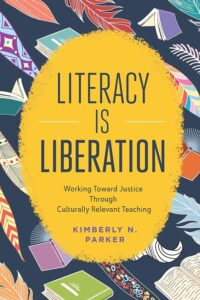
In this book, Kimberly N. Parker explains how teachers can foster a culturally relevant environment to further literacy instruction, work toward justice, and create a safe space for their students.
Click here to learn more about this book.
Culturally Sustaining Pedagogies: Teaching and Learning for Justice in a Changing World (Language and Literacy Series)
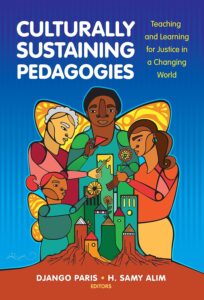
This is a comprehensive resource on culturally sustaining pedagogies, including what they look like in the classroom and how they differ from deficit-model approaches. These models offer strategies to support and foster the languages, literacies, and cultural practices of diverse classrooms and communities.
Read more about the guide here.
Cultivating Genius: An Equity Framework for Culturally and Historically Responsive Literacy

In this guide, Dr. Gholdy E. Muhammad presents a four-layered equity framework based in history and restores excellence in literacy education. By employing identity development, skill development, intellectual development, and criticality, all students will have a chance to reach personal, intellectual, and academic success.
Read more about the book here.
Cultivating the Genius of Black Children: Strategies to Close the Achievement Gap in the Early Years

In Cultivating the Genius of Black Children, Debra Ren-Etta Sullivan offers practical advice to address the disconnect between learning preferences and learning environments to supporting Black children in early childhood classrooms. Her tips are designed to help educators to foster individual success by meeting students where they are.
Learn more about the book here.
Choosing to See: A Framework for Equity in the Math Classroom
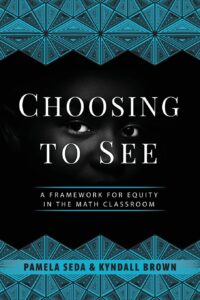
In Choosing to See, Pamela Seda and Kyndall Brown offer a substantive, rigorous, and necessary set of interventions to move mathematics education toward greater equity, particularly for Black and Brown students. Their ICUCARE equity framework serves as a lens to help teachers see where they are achieving this alignment and where they are not.
Click here to learn more.
The Equity & Social Justice Education 50: Critical Questions for Improving Opportunities and Outcomes for Black Students

How do you ensure that no student is invisible in your classroom? How do you make the distinction between equity as the vehicle versus equity as the goal for each of your students? What measures do you take to ensure that you are growing as a culturally relevant practitioner? Can your students, particularly your Black students, articulate, beyond emotional reactions, the injustices that surround them?
These questions and more are reflected upon to explain how equity and social justice are key to improving educational outcomes for Black students.
Learn more about the book here.
Unearthing Joy: A Guide to Culturally and Historically Responsive Curriculum and Instruction
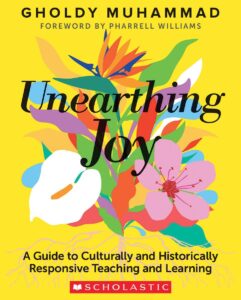
In the follow-up to Cultivating Genius, Dr. Gholdy Muhammad shows teachers how joy can be incorporated into the culturally competent classroom. She believes joy can faciliate wellness, beauty, healing, and justice both for oneself and across humanity.
Click here to read more.
Why Are All the Black Kids Sitting Together in the Cafeteria?: And Other Conversations About Race
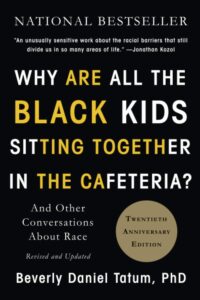
This classic resource uses real-life examples and in-depth research to foster antiracism inside and outside the classroom. Using history and developmental psychology, Dr. Tatum explains how to analyze racism through a critical lens.
Read more about the book here.